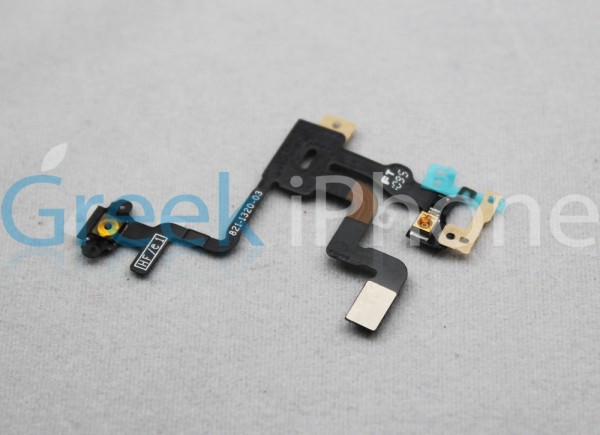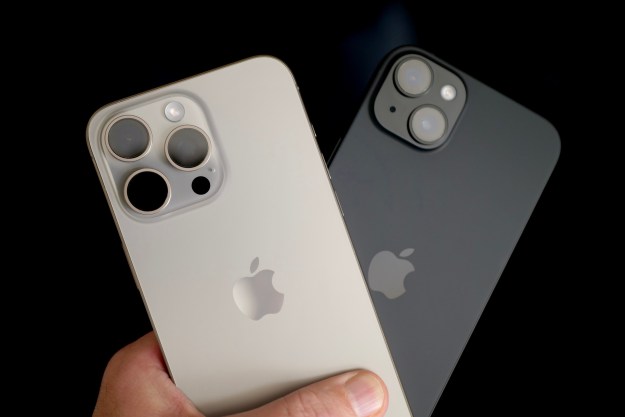 Tis the season for iPhone rumors and leaks, and today’s rumor is coming all the way from Greece. The website Greek-iPhone has what it believes to be the iPhone 5’s camera sensor. The new sensor flirts with a few of our preexisting rumors so even though it seems odd that Apple would lose a camera from a phone the story seems to check out.
Tis the season for iPhone rumors and leaks, and today’s rumor is coming all the way from Greece. The website Greek-iPhone has what it believes to be the iPhone 5’s camera sensor. The new sensor flirts with a few of our preexisting rumors so even though it seems odd that Apple would lose a camera from a phone the story seems to check out.
We heard just yesterday that the iPhone 5, or whatever it might be called, might have a 3.7inch screen and a metal back. Today we can add a few more physical features to the latest idevice. The leaked camera is thinner than the iPhone 4’s sensor which leads us to believe that the next device will also be thinner seeing as the camera is typically one of the thicker components in a phone. With the iPad 2 being 30 percent thinner than the original iPad it has been a pretty safe bet that the iPhone 5 will be thinner than the iPhone 4.
Another interesting thing about the part in question is that it has the volume buttons on the other side of the phone. While this might seem like an odd change seeing how all four of the previous iPhones had the volume buttons on the left side of the screen. One of the new iOS 5 features is the ability to take pictures with the camera buttons. Having the volume buttons on the right side of the screen should made taking pictures easier when holding the phone in a landscape orientation.
It also looks as though the lingering rumor about the next iPhone having an 8-megapixel camera would be confirmed if this part is in fact real. The information that we are able to gain from isn’t groundbreaking, but it helps us piece together a final device. The question here is how believable is it that a Greek tech site got its hands on a new iPhone part when the phone is made in China?
Editors' Recommendations
- iPhone SE 4: news, rumored price, release date, and more
- There’s a big problem with the iPhone’s Photos app
- Best iPhone 15 deals: How to get Apple’s latest iPhone for free
- This one thing could make iOS 18 the best iPhone update in years
- How to add a different home screen wallpaper on iOS 17


